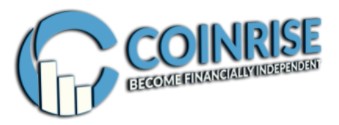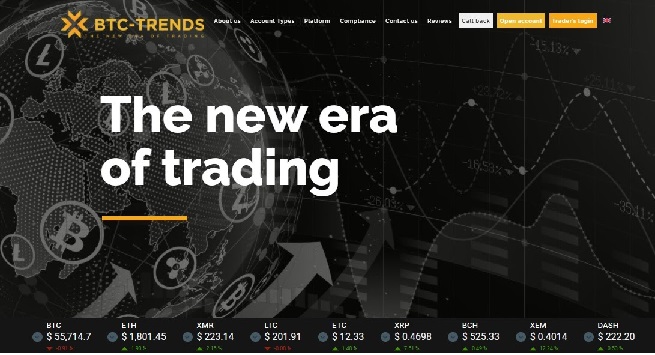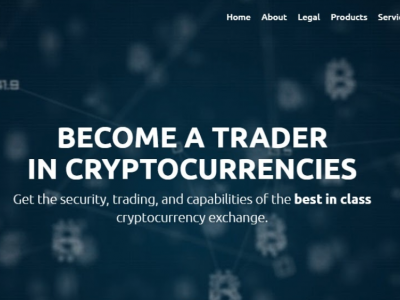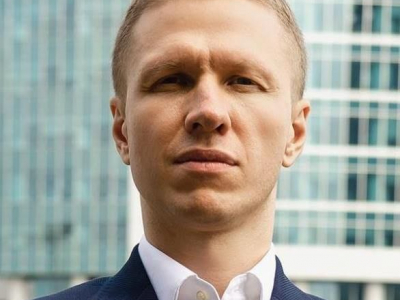Bitcoin was created as an alternative to the US monetary system and threatens the global financial consensus, said the head of the US Securities and Exchange Commission Gary Gensler.
Securities and Exchange Commission (SEC) Chairman Gary Gensler called bitcoin a competitor to the US banking system and the global financial consensus.
“We layered over our digital money system about 40 years ago with money laundering and various sanctions and regimes around the globe; we layered that over a digital currency system called our banking system. In 2008, Satoshi Nakamoto wrote this paper in part as a reaction, an off-the-grid type of approach. It’s not surprising that there’s some competition that you and I don’t support but that’s trying to undermine that worldwide consensus,” Gensler said at the 2021 DACOM Compliance and Financial Market Integrity Summit.
Gensler called for distinguishing bitcoin from digital assets and those blockchain projects whose tokens have features of securities.
“These have largely been about raising money for entrepreneurs, and as such, meet the time-tested definition of an investment contract and thus falls under the securities laws.”
Gensler reiterated that he views the cryptocurrency sector as the “Wild West”. He urged the founders of existing cryptocurrency projects “find a path to register and get within the investor protection remit.”
Gensler also mentioned digital currencies of central banks, noting that, in fact, the US dollar, like the euro or yen, already exists in digital format. “You buy and sell stocks that are digital, you buy and sell treasuries that are digital; there is no physical treasury debt any longer. I tend to call these digital assets.”
However, Gensler did not call for a complete ban on cryptocurrencies and digital assets. Ultimately, according to Gensler, investors must decide for themselves what to invest their money in. However, blockchain projects need to provide comprehensive information to investors.
“At the core of our bargain in the securities markets is: investors get to decide what risks they want to take. But the people raising the money, the issuers, should share full and fair disclosure.”











